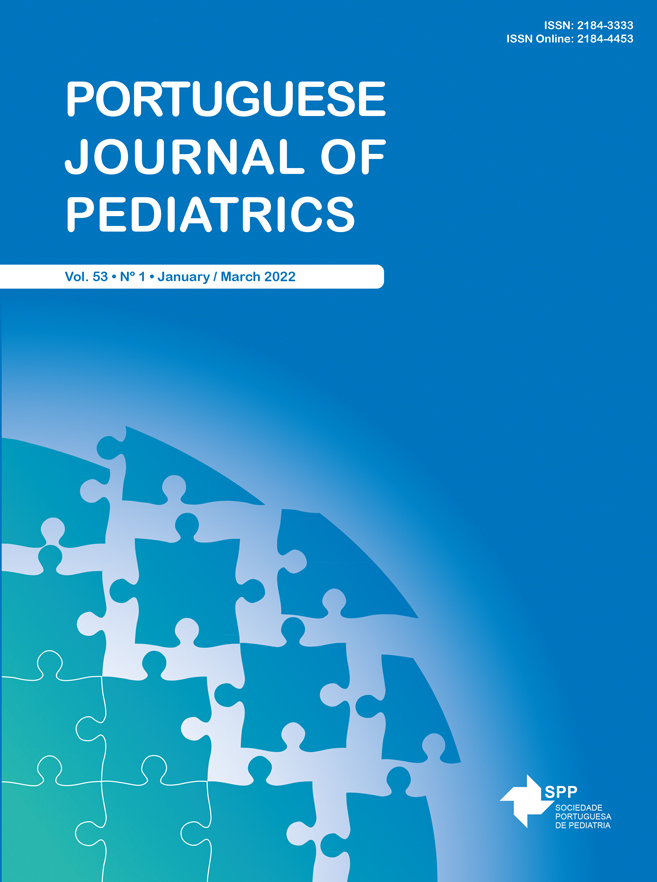Multicystic Brain and Refractory Neonatal Seizures
DOI:
https://doi.org/10.25754/pjp.2022.21901Abstract
A term male infant, second child of first-degree consanguineous parents presented myoclonic jerks at six hours of life. Neonatal transition was uneventful. He had a peculiar face with prominent cheeks, axial hypotonia and absence of gaze fixation (normal fundi and lens). Seizures became refractory to several antiepileptic drugs. Sepsis workup and metabolic panel were negative. Head ultrasound (US) on day 2 of life was normal and on day 10 of life showed cystic lesions confirmed on brain magnetic resonance imaging at 14 days of age (Figure). Molybdenum cofactor deficiency (MoCoD) was considered. Homocysteine was markedly reduced and uric acid was undetectable in serum; urinary sulfites were positive by dipstick. The genotype analysis identified the pathogenic variant diagnosed p.Lys180Argfs*31(c.539_540 del AA) mutation in homozygosity of MOCS 2 gene. He had a rapidly neurological deterioration and decisions were redirected to palliative care
MoCo deficiency is a rare autosomal recessively metabolic disorder caused by mutations in four genes - MOCS1, MOCS2, MOCS3 and GEPH. Molybdenum is an essential cofactor to xanthine dehydrogenase, sulfite oxidase and aldehyde oxidase function (1). Sulfite accumulation results in severe progressive brain damage (2). Neonatal-onset presents with feeding difficulties, refractory seizures, progressive destruction of neuronal structures and subcortical cystic changes leading to death in early childhood (3,4). Facial dysmorphisms and lens dislocation have been reported (1). Recognizing neuroradiological findings in the course of the disease was decisive to diagnosis in this case. In spite of early diagnosis, irreversible brain damage had already occurred. Currently there is no effective therapy for patients with a MOCS2 gene mutation. Treatment with cyclic pyranopterin monophosphate (c-PNP) has been effective for patients with the MOCS1 mutation if started before the neurologic manifestations (5). Establishing early diagnosis will be crucial in future target treatment, in order to change the neurological outcome.
Downloads
Downloads
Published
Issue
Section
License

This work is licensed under a Creative Commons Attribution-NonCommercial-NoDerivatives 4.0 International License.









